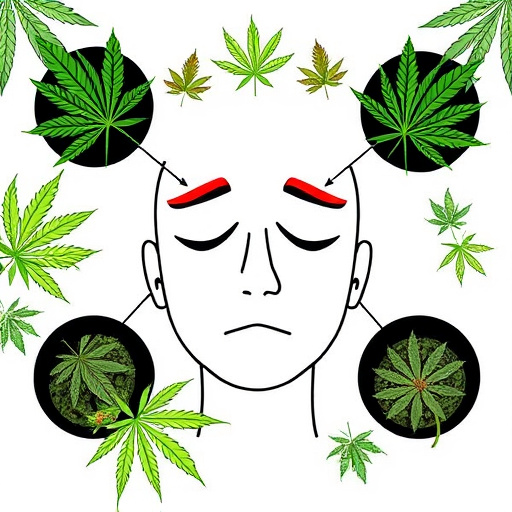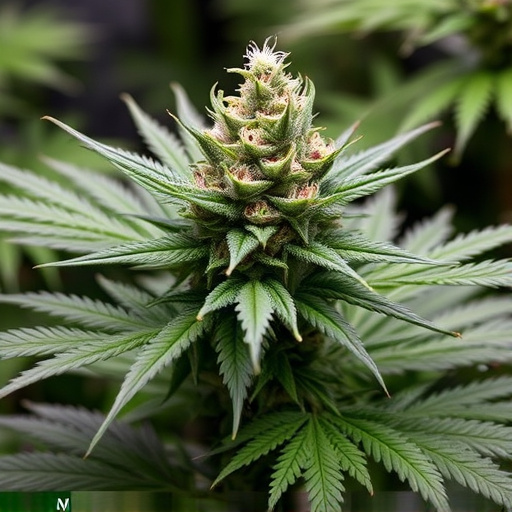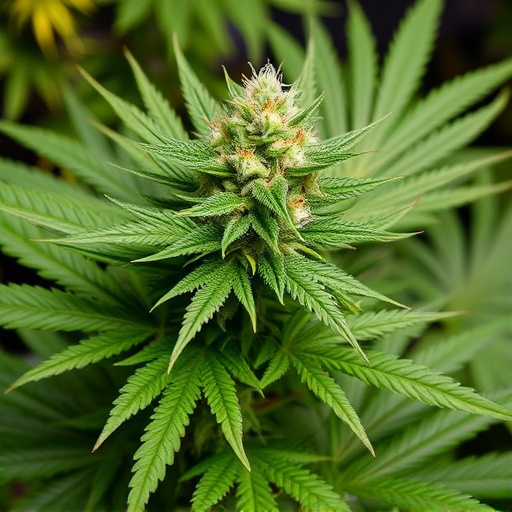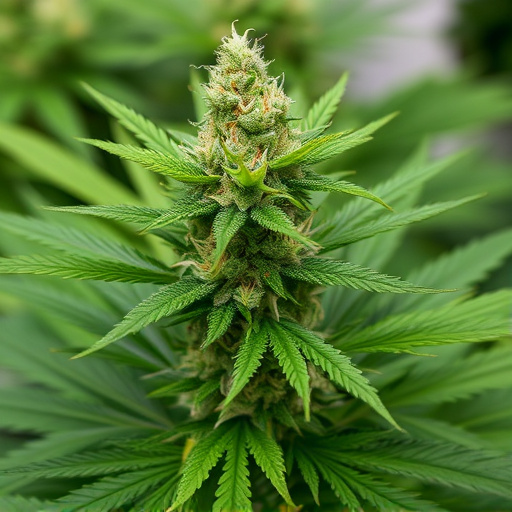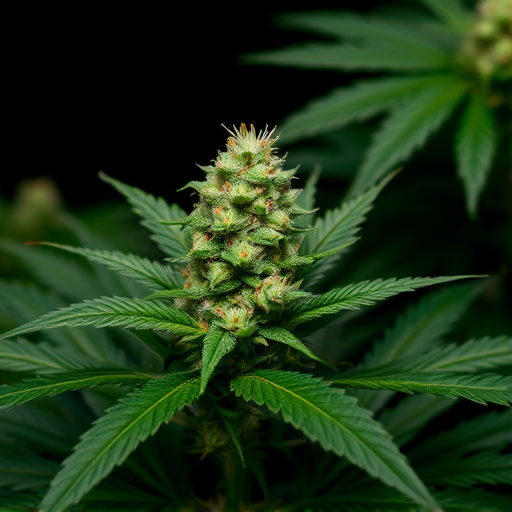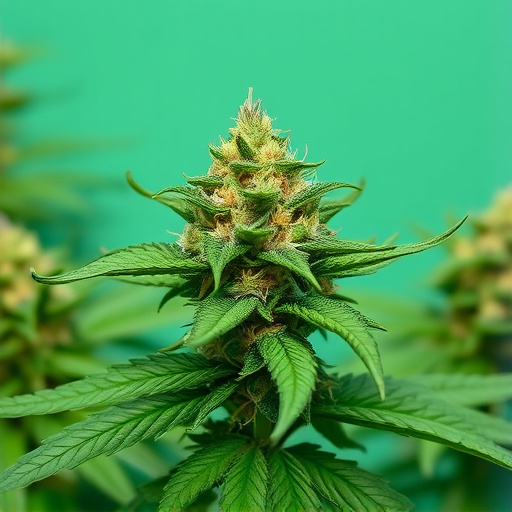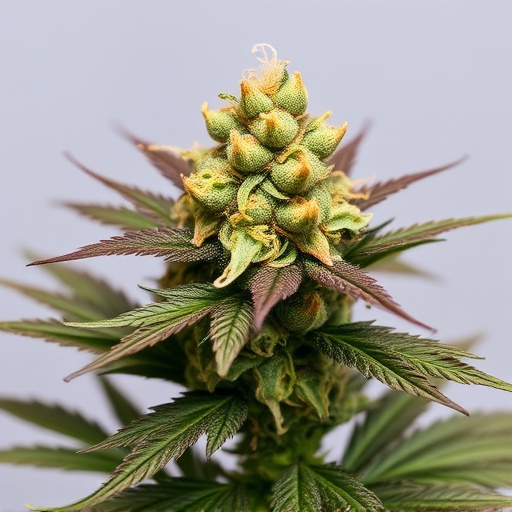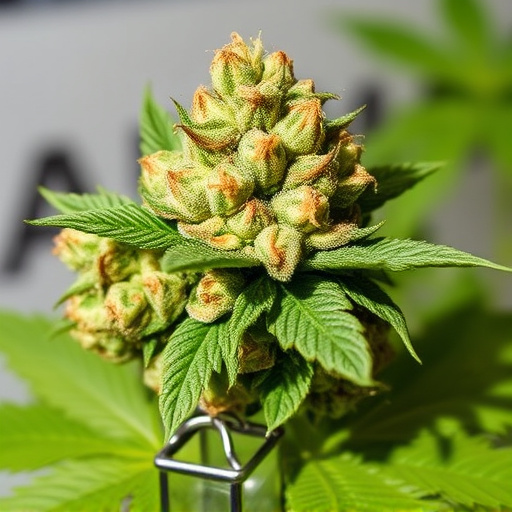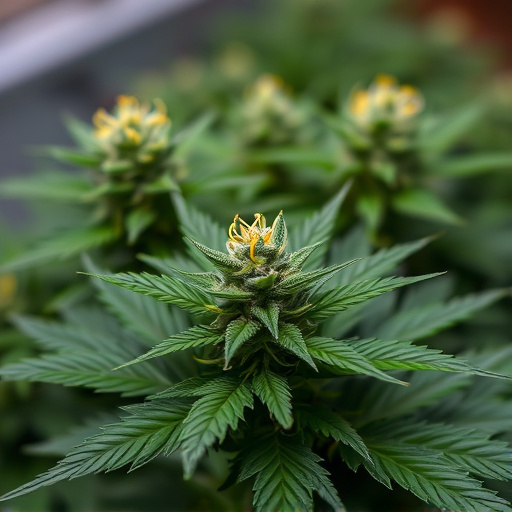Cannabis flower consumption, especially through smoking or vaping, carries health risks, including respiratory issues and mental health disorders. Cannabis cup strains vary in effect due to factors like THC levels, biochemistry, and individual tolerance. To mitigate risks, users should start with low doses, choose balanced strains with low THC and high CBD, prefer vaporization or edibles over smoking, maintain a consistent routine, practice mindfulness, stay hydrated, nourish their body, and get enough sleep.
Cannabis flower, or marijuana, has gained significant popularity, but its use isn’t without risks. This article explores the potential health hazards associated with consuming cannabis, focusing on the impact of different cannabis cup strains. We delve into how varying strains can affect users differently and provide strategies to mitigate these risks for safer cannabis use. Understanding these factors is crucial for both novice and experienced consumers navigating the bustling world of cannabis cup strains.
- Potential Health Risks Associated with Cannabis Flower Consumption
- The Impact of Different Cannabis Cup Strains on Users
- Mitigating Risks: Strategies for Safe Cannabis Use
Potential Health Risks Associated with Cannabis Flower Consumption
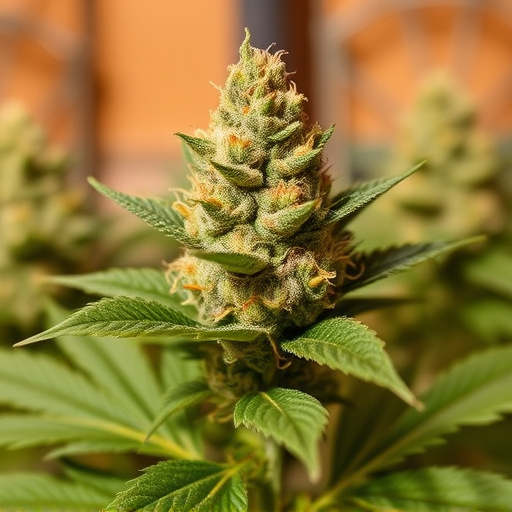
Cannabis flower consumption, especially through smoking or vaping popular cannabis cup strains, carries several potential health risks. One significant concern is respiratory issues due to inhalation of smoke or vapor. Irritation of the lungs, coughing, and increased risk of chronic obstructive pulmonary disease (COPD) are common side effects. Additionally, high concentrations of certain compounds in cannabis can interact with the body’s endocannabinoid system, leading to short-term impacts like impaired memory, concentration issues, and altered perception.
Long-term use may contribute to more severe health problems. Research suggests that regular cannabis consumption could be linked to mental health disorders such as anxiety and depression, especially in individuals predisposed to these conditions. Furthermore, the potential for addiction is a critical risk factor, particularly with frequent or heavy usage. Some studies also indicate that specific cannabis cup strains high in THC (tetrahydrocannabinol) may increase the likelihood of psychotic episodes, especially in young people.
The Impact of Different Cannabis Cup Strains on Users
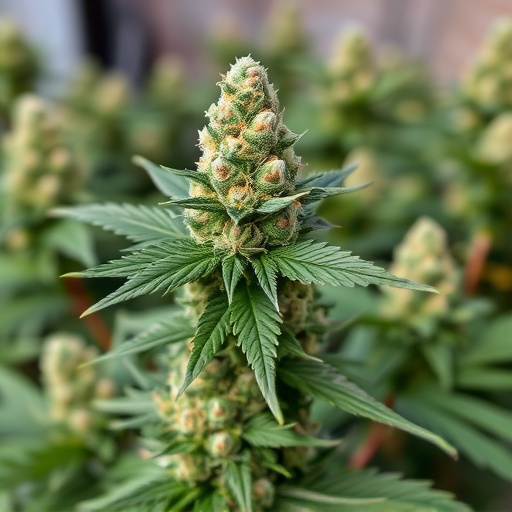
Cannabis cup strains, with their diverse profiles and effects, can significantly impact users differently based on various factors such as tolerance, overall health, and individual biochemistry. What one person finds relaxing or invigorating might not produce the same outcomes for another, underlining the importance of personal preference and responsible consumption.
Certain cannabis cup strains known for high THC content can induce anxiety or paranoia in some individuals, while others may experience a more uplifting and creative effect from sativa-dominant strains. Indica-leaning varieties are often sought after for their calming and sedative properties, potentially aiding sleep and reducing stress. Understanding the unique attributes of each cannabis cup strain is crucial for consumers to make informed decisions and mitigate potential risks associated with their use.
Mitigating Risks: Strategies for Safe Cannabis Use
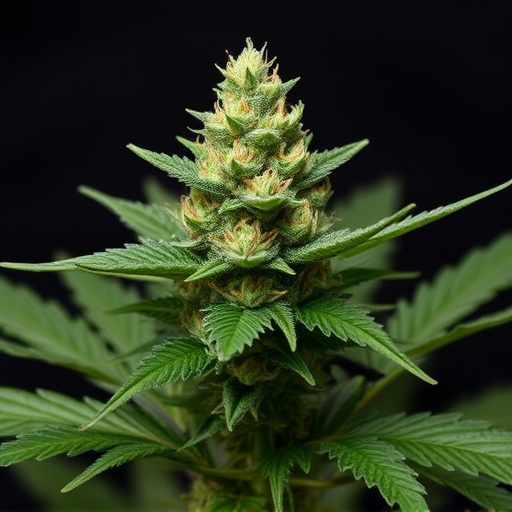
To mitigate risks associated with cannabis flower, users should adopt strategies that promote safe consumption. One key approach is to start with low doses and gradually increase as needed, allowing your body to adjust. Choosing specific cannabis cup strains known for their balanced profiles—low THC and high CBD—can also reduce potential adverse effects. Additionally, consuming cannabis through methods like vaporization or edibles can be less irritating to the lungs compared to smoking.
Maintaining a consistent routine and setting boundaries is crucial. Set limits on usage frequency and amount, especially when trying new strains. Combining cannabis with mindfulness practices, such as meditation or yoga, can enhance self-awareness and help manage consumption. Lastly, staying hydrated, maintaining proper nutrition, and getting adequate sleep can support overall well-being and potentially mitigate the risks linked to cannabis use.
While cannabis flower offers potential therapeutic benefits, it’s crucial to be aware of the associated risks. Understanding the impact of different cannabis cup strains and implementing strategies for safe use can help minimize negative outcomes. By staying informed and adopting responsible practices, users can navigate the complexities of cannabis consumption more safely.
